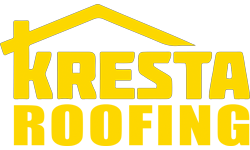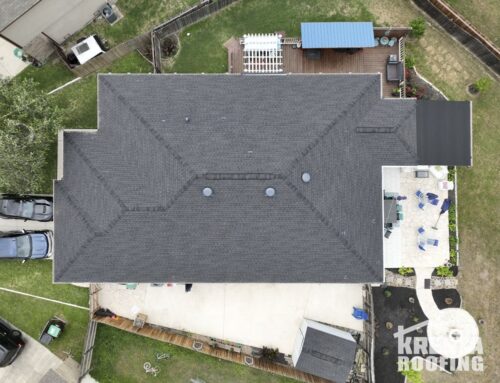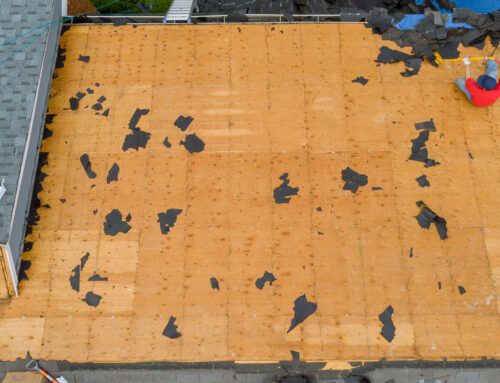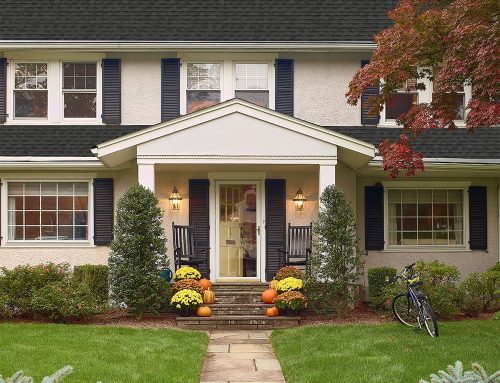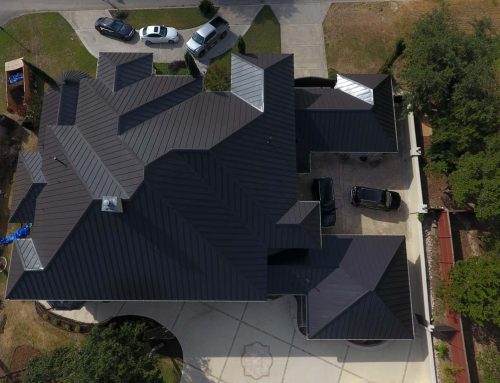Types of Roofs for Residential Homes

Choosing the right type of roof for a residential home is an important decision to make because it impacts not only the aesthetic appeal but also the durability, energy efficiency, and overall value of the property. With a variety of roofing materials and styles available, homeowners can select an option that suits their preferences, budget, and the climatic conditions of their region. This blog explores the most common types of roofs for residential homes, highlighting their features, advantages, and considerations. Hopefully you’ll be able to choose the right roof style for your home with this information and the helpful direction of a reliable roofing contractor.
 Asphalt Shingles
Asphalt Shingles
Asphalt shingles are the most popular roofing material in North America due to their affordability, ease of installation, and variety of colors and styles. They are made from a base material, such as fiberglass or organic mat, coated with asphalt and topped with mineral granules for added protection and color.
 Metal Roofing
Metal Roofing
Metal roofs are gaining popularity due to their longevity, energy efficiency, and modern appearance. They can be made from materials like aluminum, steel, copper, or zinc and are available in various styles, including standing seam, metal tiles, and metal shingles.
 Clay and Concrete Tiles
Clay and Concrete Tiles
Clay and concrete tiles are known for their distinctive appearance and exceptional durability. They are commonly used in Mediterranean, Spanish, and Southwestern-style homes. Their appearance stands out from other roofing materials and adds a touch of sophistication.
 Wood Shingles and Shakes
Wood Shingles and Shakes
Wood shingles and shakes offer a natural and rustic look, often used in traditional and historic homes. Shingles are machine-cut for a uniform appearance, while shakes are hand-split for a more textured look.
 Slate Roofing
Slate Roofing
Slate roofing is known for its elegance, durability, and longevity. Made from natural stone, slate roofs are often seen on high-end homes and historic buildings.
 Synthetic Roofing Materials
Synthetic Roofing Materials
Synthetic roofing materials, such as synthetic slate or composite shingles, mimic the appearance of natural materials like slate or wood while offering enhanced durability and reduced weight.
 Green Roofs
Green Roofs
Green roofs, also known as living roofs, feature a layer of vegetation planted over a waterproof membrane. They are gaining popularity for their environmental benefits and unique aesthetic.
Selecting the right roof for a residential home involves balancing aesthetic preferences, budget, and practical considerations such as durability, maintenance, and energy efficiency. Each roofing material and style has its own set of advantages and limitations, making it essential for homeowners to assess their specific needs and consult with professional roofing contractors to make an informed decision. Contact Kresta Roofing if you’re still unsure which roofing material to choose. They will come out to your house to consult with you on what roof type works best for your specific house. They can also bring samples of different roofing materials to help you better understand the difference between all of the materials. Schedule a Free Roof Inspection and Quote with Kresta Roofing today!
